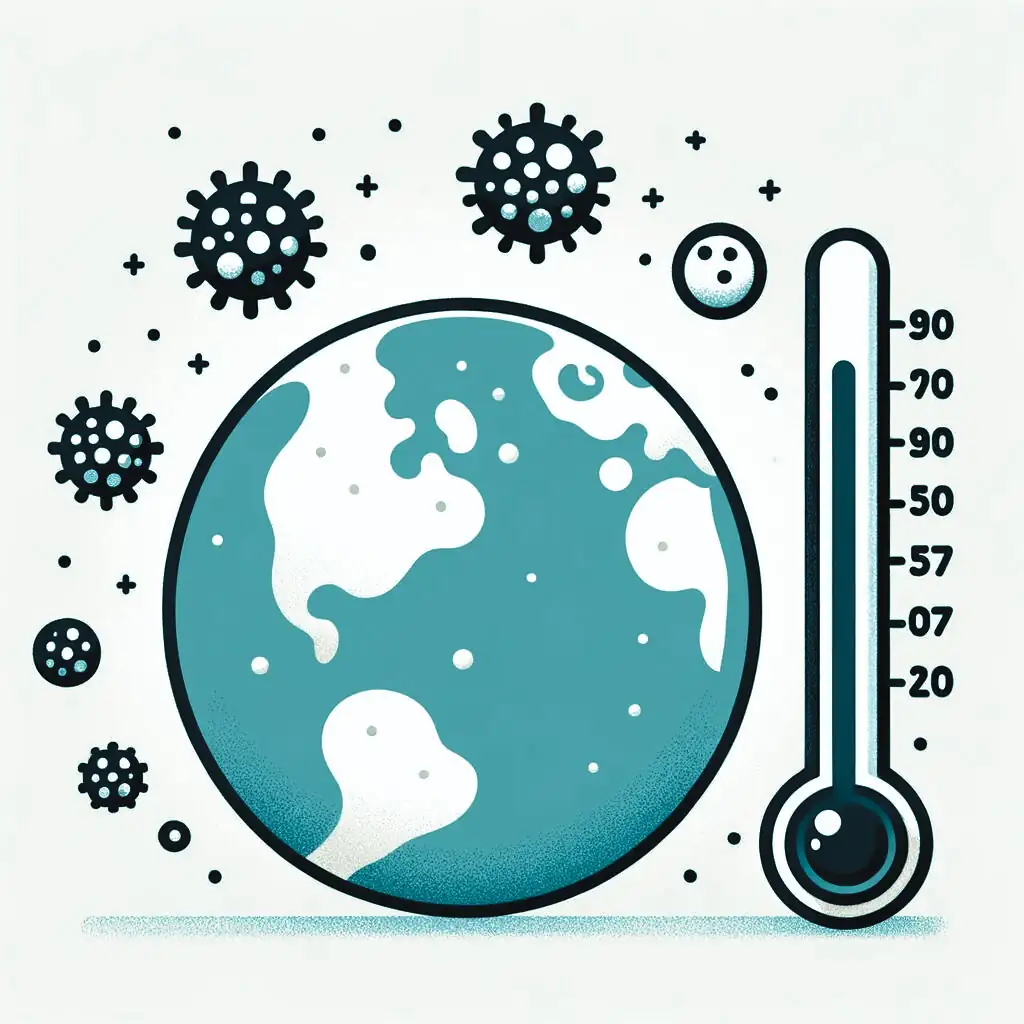Antifungal resistance and global warming have turned these infectious agents into an emerging global threat.

On planet Earth, annually 6.5 million inhabitants suffer from a fungal infection and 3.8 million do not overcome it. In 1992, the Reference and Research Laboratory in Medical Mycology commenced its journey at the Carlos III Health Institute in Madrid. If today the fungal disease is unknown, in those years attention was only paid to certain mushrooms with which very appetizing dishes are prepared. What no one suspected was that they were murderers without conscience or remorse.
HIV had been with us for a decade and, in the 1990s, it had reached pandemic status. People living with HIV suffer from several extremely serious fungal infections: cryptococcal meningitis, disseminated histoplasmosis, pneumocystosis, and talaromycosis. In high-income countries, the HIV pandemic was brought under control and the belief that antiretrovirals would solve all problems ostracized us. Today it is estimated that, annually, 684,000 people living with the virus also suffer from at least one of the serious diseases mentioned above and that a third of them do not survive. If they are not diagnosed, they are not treated and, if that happens, more than 95% of patients die.
Fungi love global warming, are emboldened, and travel more, settling in broader geographical areas.
In parallel with the partial resolution of the HIV pandemic, medical advances predicted a better prognosis for people with cancer, and they were undoubtedly right, but many fall prey to candidiasis, aspergillosis and other infections that kill certain patients who receive anticancer drugs to control your disease. This invasion also takes its toll on transplant patients. The technological revolution that saves many patients who previously died, has as a counterpart infections where fungi are protagonists.
In 2009, no one suspected that a fungus found in the ear of a Japanese patient—Candida auris—was going to cause an epidemic of unexpected proportions. Its ability to adhere to any surface, together with its multi-resistance to antifungals and disinfectants, has turned it into a nightmare for many hospitals that are unable to get rid of something that seemed as banal as its name: candida. Now it produces very serious infections that are difficult to treat due to its resistance to antifungals.
It seemed that no more setbacks would appear, but one of the friendliest species—Candida parapsilosis—decided to mutate and join the resistance club. There are resistant fungi everywhere, including a cosmopolitan one, Aspergillus fumigatus. Pesticides play an important role in this puzzle, since they are used massively to eliminate fungi that ruin agricultural crops and ornamental plants. A global agreement to limit the use of those that share mechanisms of action with those used for human mycoses would help in the fight against antifungal resistance.

In addition, fungi love global warming, are emboldened and travel more, settling in larger geographic areas. There have always been fungi that affect animals and are transmitted to humans, but it has never been seen that an environmental, plant-loving fungus was capable of jumping to a cat and generating a rampant epidemic in these animals and their owners. The new species Sporothrix brasiliensis was identified in the 1990s in Brazil. From there it has spread to Argentina, Bolivia, Colombia, the United States, Ecuador, Panama, Paraguay, Peru and Venezuela.
The sequence of calamities continues with chronic pulmonary aspergillosis, which overshadows the quality and life expectancy of patients who have chronic respiratory diseases and, as icing on the cake, Mucorales, known as “black mushrooms,” which uncontrolled diabetics love. As a culmination of current news, in times of respiratory viruses, such as winter, they also stalk those who have covid or flu, causing many deaths.
The fungi not only kill us, but many of the survivors are left blind, amputated, disfigured, asphyxiated, in short, with a multitude of consequences that prevent them from living a full life.

In 2013, the NGO Global Action for Fungal Infections was founded. Together with other scientists and professional societies, his tireless advice raised awareness among global institutions to analyze the public health impact of fungi. Thus, in October 2022, the WHO published the first list of priority fungal pathogens that lays the foundation for strengthening the global response to fungal infections and resistance to antifungals. Likewise, some mycoses have been included in the list of neglected tropical diseases such as mycetoma, chromoblastomycosis and other deep mycoses to establish the policy that promotes their prevention, diagnosis and treatment.
For our future planet, we remain hopeful that universal access to diagnosis and treatment will be achieved. Due to their consequences, we hope that they receive the attention they deserve and sufficient funds are allocated to save millions of people from death, dependency and stigma. Your collaboration is essential: you know, one drop of water after another makes an ocean, and one grain of sand after another a desert… and one voice after another discovers the hidden that was taken for granted. We trust that this article will provoke an endless chain of lights that will help us get out of the murderous darkness in which the mushrooms move.
- Ana Alastruey Izquierdo is a senior scientist at the Reference and Research Laboratory in Mycology of the Carlos III Health Institute, president of the board of directors of WOMYC, of the Spanish mycology association, and has led the group of experts who have drawn up the list of pathogens WHO priority fungal agents.
- Juan Luis Rodríguez Tudela is founder of the Reference and Research Laboratory in Mycology of the Carlos III Health Institute, of the GAFFI foundation against fungal infections, and of the organization for the participation of women in this area of science, WOMYC. He is currently vice president of the GAFFI board of directors and a trustee of WOMYC.

